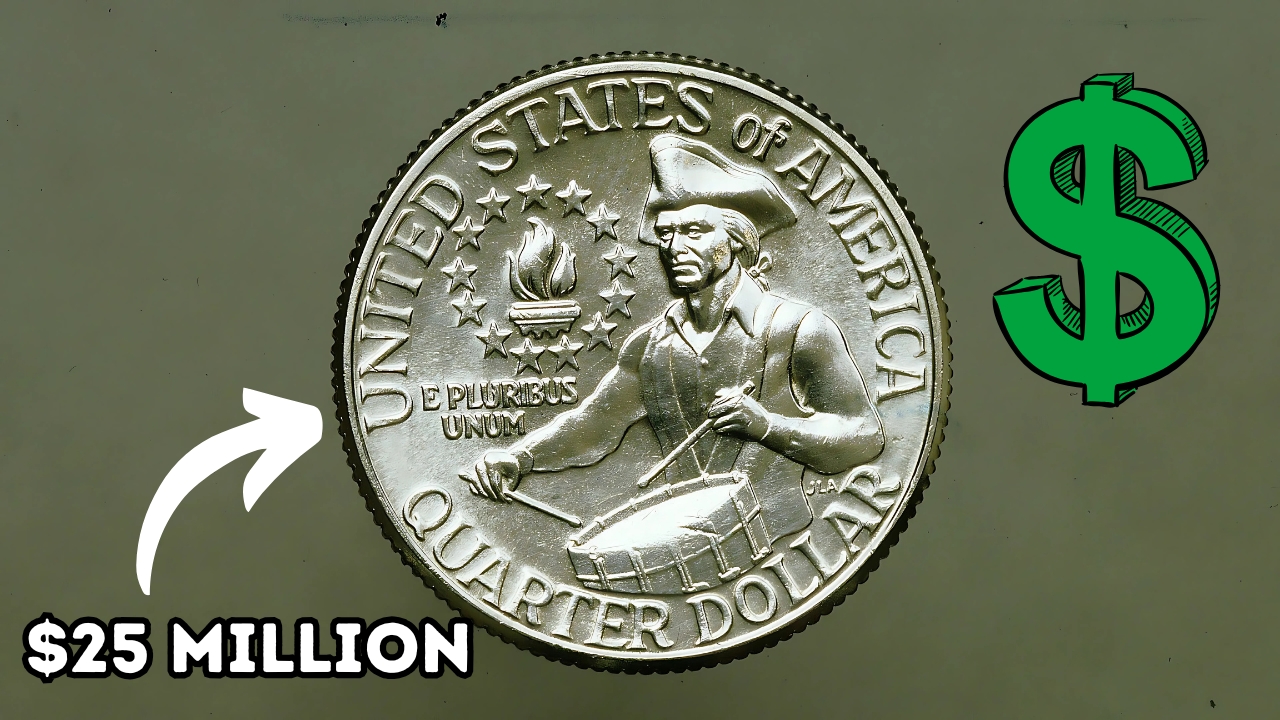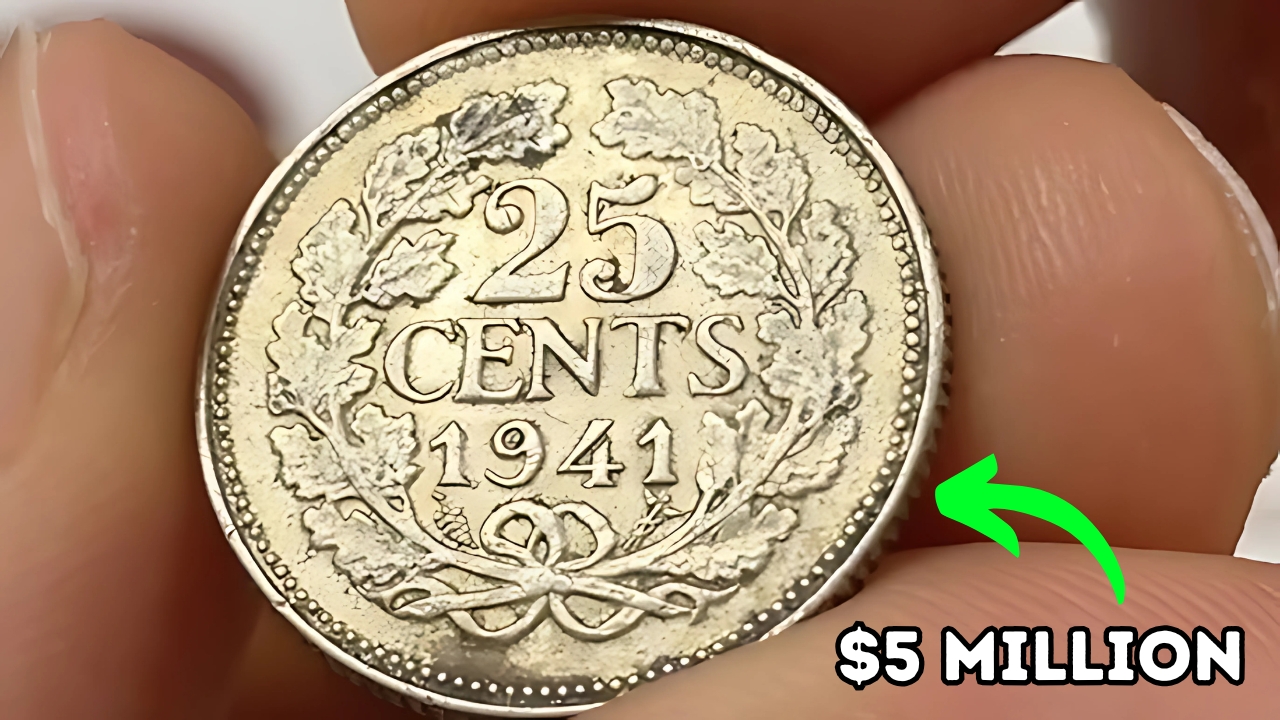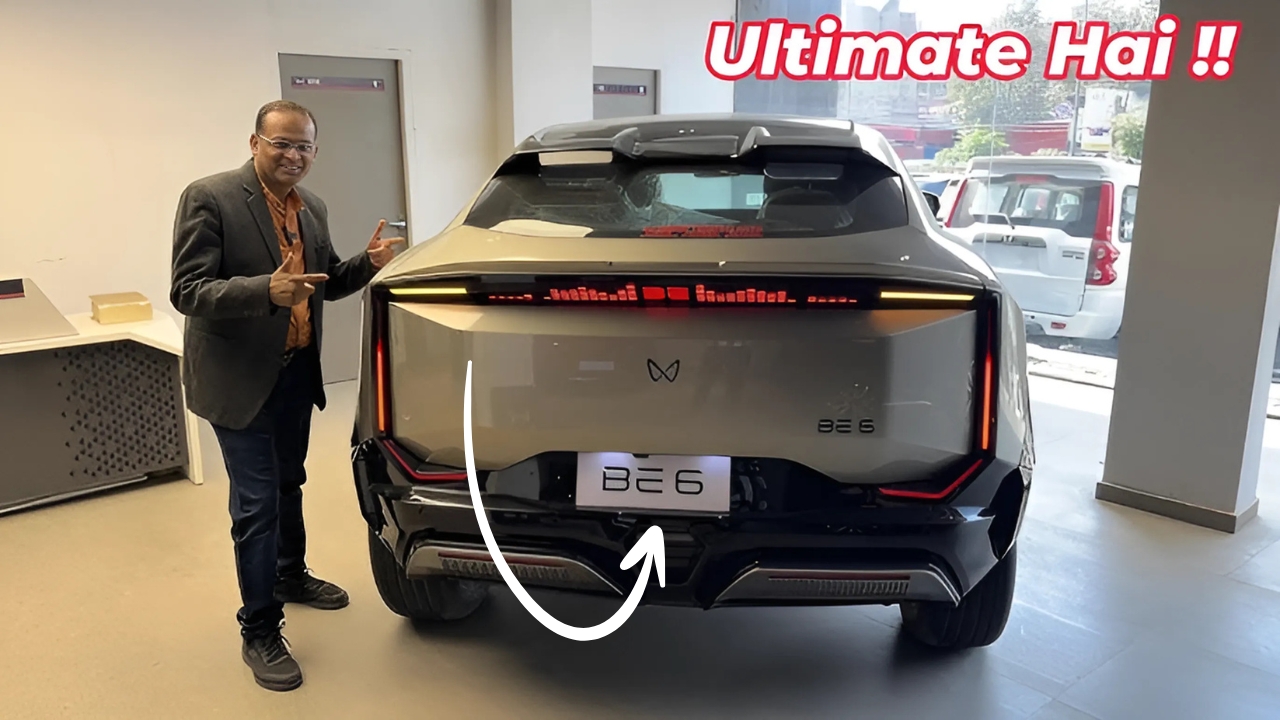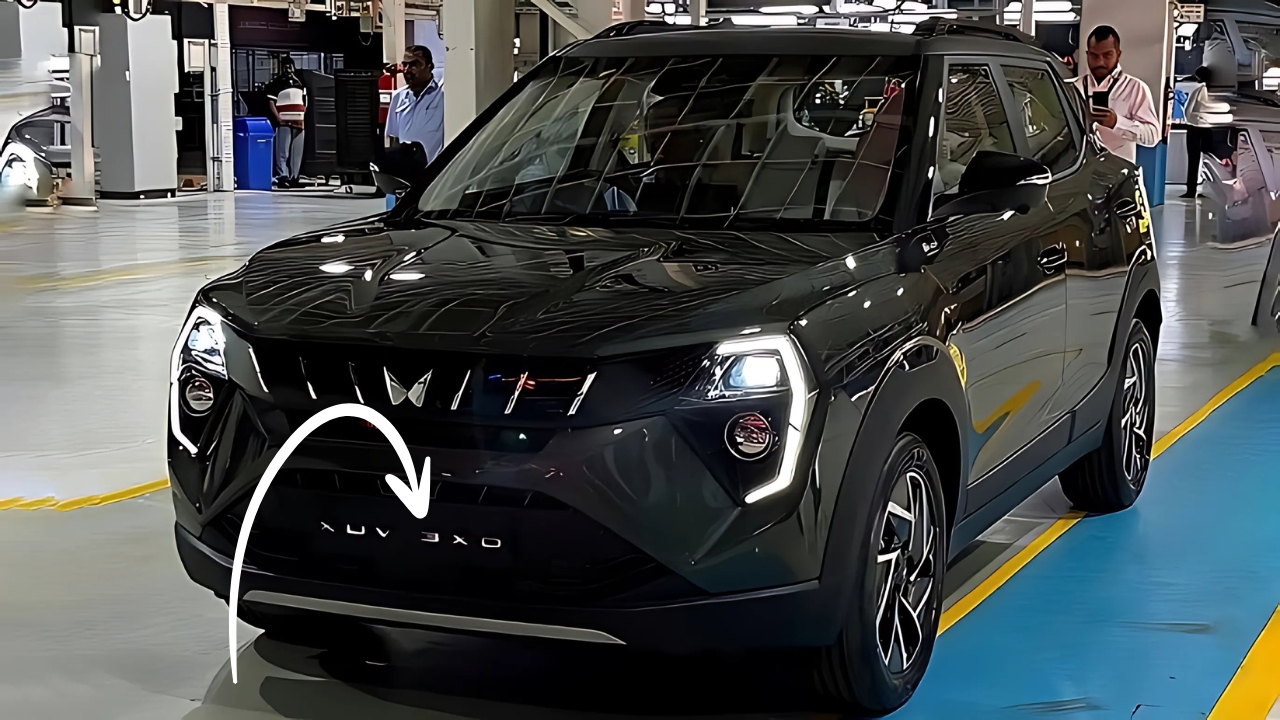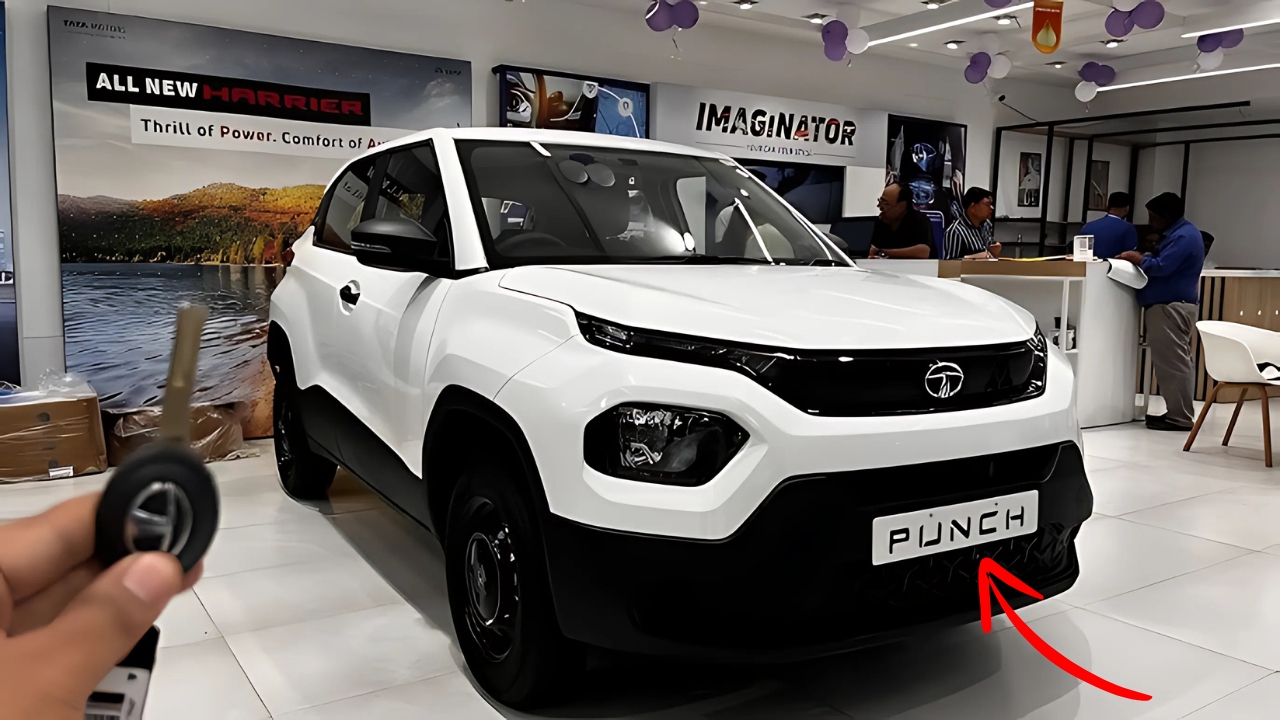Rare Bicentennial Quarter: Nestled among everyday coins in your wallet, spare change jars, or even cash registers, there’s the chance you might stumble upon a true numismatic wonder—a specific Bicentennial quarter that could be valued up to a staggering $25 million.
That’s not just a catchy headline; it’s the actual worth of an extraordinary minting error that continues to puzzle collectors while it circulates through everyday transactions across the United States.
The United States Mint produced these Bicentennial quarters from 1975 to 1976 in honor of America’s 200th birthday.
Each quarter showcased a colonial drummer on the reverse side and featured dual dates (1776-1976) on the obverse.
With over 1.7 billion of these commemorative coins minted, they remain relatively common in circulation even today.
However, hidden amongst these billions is an extremely rare variant—so rare that only a few may exist, with just one confirmed example acknowledged by the numismatic community.
The $25 Million Error: What Makes It Special
This incredibly valuable quarter is the product of what experts refer to as a “double-die obverse” coupled with an overdate mistake, specific to the Bicentennial design.
In simpler terms, the coin’s die was accidentally struck twice at slightly different angles during production, leading to a subtle doubling effect, especially observable on Washington’s profile, around the date and lettering.
What elevates this particular error coin to unimaginable value is its rare combination of characteristics:
-
The error specific to the Bicentennial design
-
The prominent doubling on the dual dates (1776-1976)
-
Struck on a copper-nickel planchet instead of silver
-
Minted at the Philadelphia Mint, which lacks a mint mark
“This situation represents a perfect storm of error coin circumstances,” shares Lawrence Shepherd, a respected numismatic expert focusing on American coinage.
“It unifies a memorable commemorative design with a significant minting error that remarkably slipped past quality control during a time of heightened interest in coin collecting.”
Rare Bicentennial Quarter Verification Challenges and Authentication
The astronomical value tied to this error coin has led to substantial authentication challenges.
Many collectors have claimed ownership of this exceptional quarter, yet virtually all examples submitted for professional grading have turned out to be either altered coins or instances of machine doubling, which is a manufacturing anomaly distinct from a true double-die error.
The Professional Coin Grading Service (PCGS) and Numismatic Guaranty Corporation (NGC)—the leading coin authentication services—have implemented stringent standards for verifying potential finds.
These organizations employ advanced microscopy and comparative examinations against the known traits of the confirmed specimen.
“We analyze hundreds of Bicentennial quarters annually from hopeful owners,” explains Maria Santiago, senior authenticator at PCGS. “Authentic examples have specific doubling characteristics that cannot be mimicked through post-mint alterations.”
The doubling is most evident on the ‘776’ part of the dual date, demonstrating consistent elevation across all affected details.”
Rare Bicentennial Quarter Still in Circulation: The Ongoing Hunt
What makes this saga even more intriguing is that more examples of this exceptionally rare error may still be out there, circulating in everyday commerce.
Unlike many valuable coins that were quickly confiscated from circulation because of their silver content or distinctive appearance, the Bicentennial quarter error closely resembles regular quarters at first glance.
Coin roll hunters—enthusiasts who sift through bank-wrapped rolls for valuable finds—have prioritized the Bicentennial quarter.
Online communities dedicated to this treasure hunt boast thousands of members who work together to inspect millions of quarters each year.
“Most high-value coins from the 20th century were withdrawn from circulation long ago,” shares Robert Finkelstein, founder of the American Rare Coin Fellowship.
“This quarter represents possibly the last great ‘buried treasure’ lurking in plain sight. Its value continues to soar due to its elusiveness and the growing interest among collectors.”
Rare Bicentennial Quarter What To Look For
For those eager to uncover numismatic riches, experts suggest looking for the following characteristics on Bicentennial quarters:
-
No mint mark (implying origin from the Philadelphia Mint)
-
Visible doubling on the date, especially the “776” segment
-
Doubling on “LIBERTY” and “IN GOD WE TRUST”
-
Normal copper-nickel color, not silver
However, experts warn that authentic verification necessitates professional assessment.
With potential values reaching the millions, the market has unfortunately been plagued by numerous altered coins and outright counterfeits.
For the average person, this hunt presents an exciting opportunity to discover significant value hidden within what seems like simple pocket change—a modern treasure hunt accessible to anyone willing to examine their quarters meticulously.
